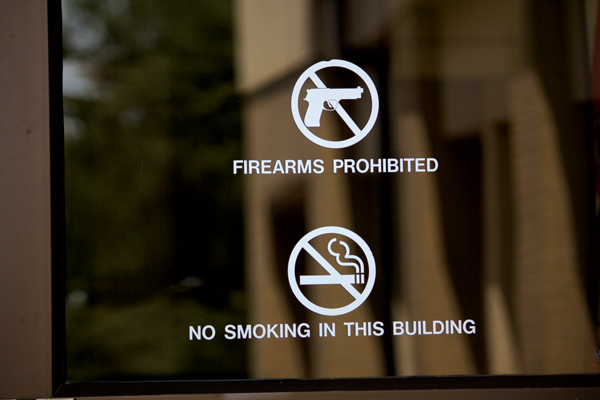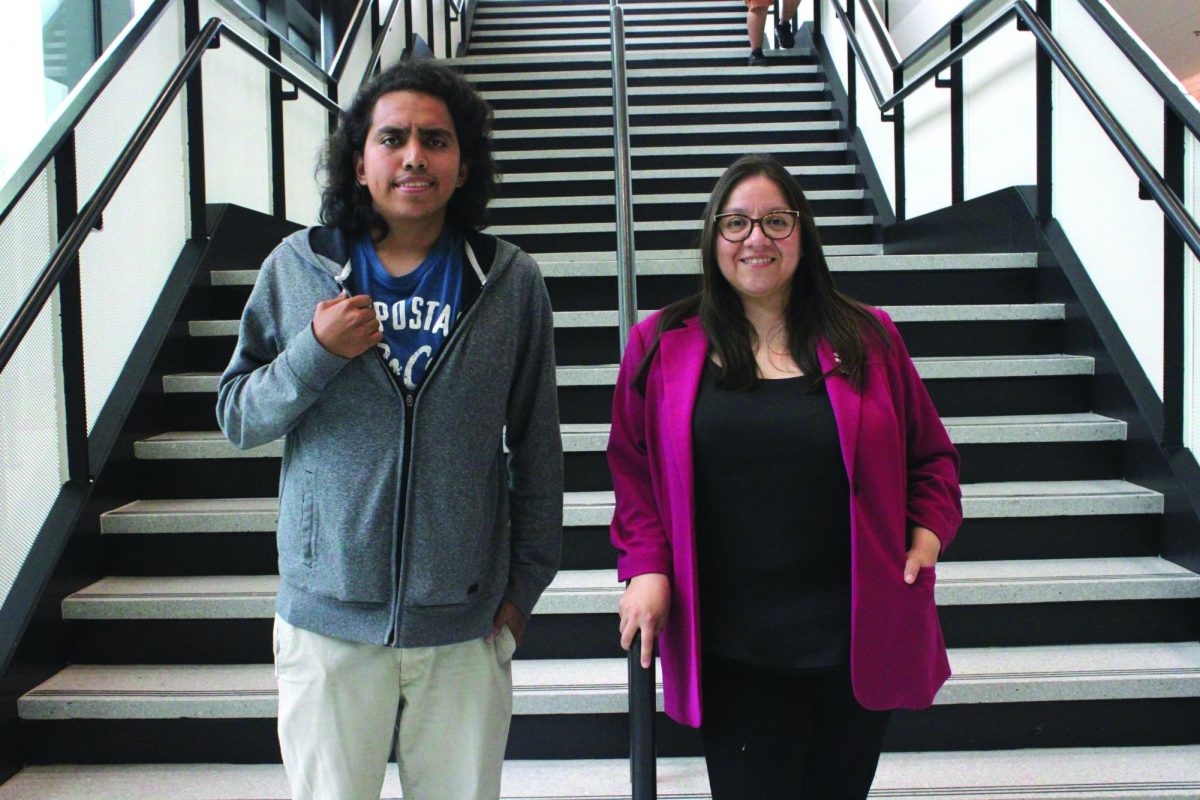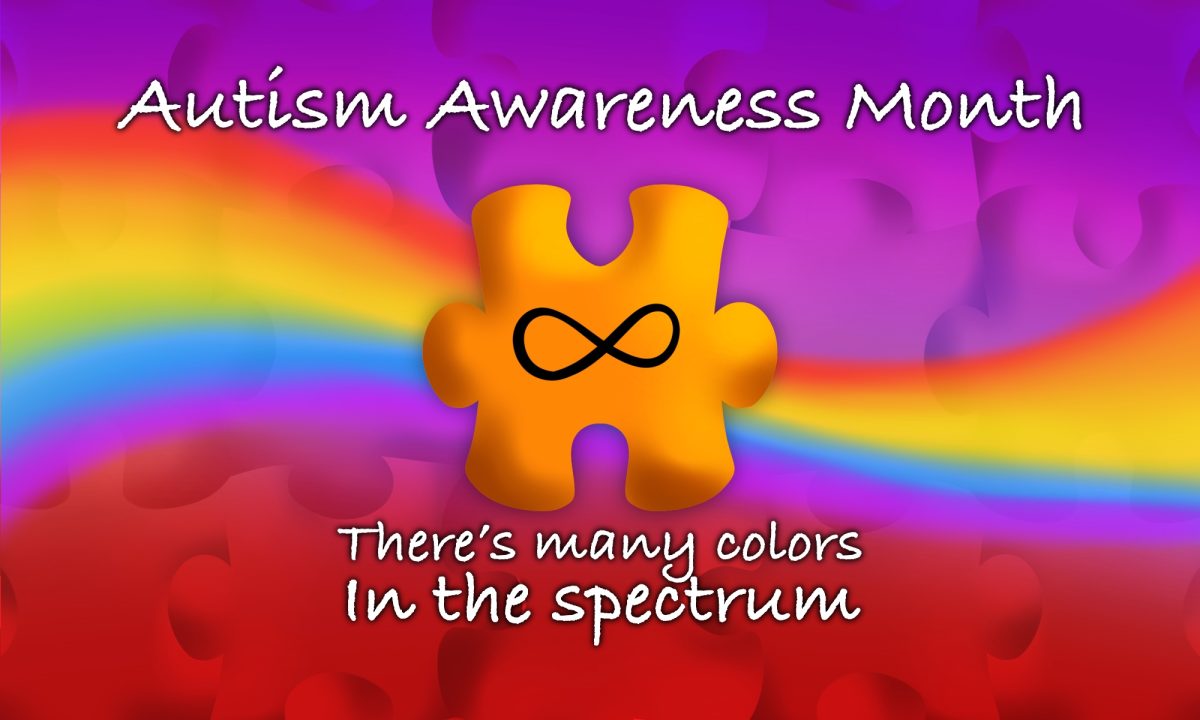By JAMES HARTLEY
@JamesHartleyETC
Students and faculty have raised safety concerns after the Dallas County Community College District emergency alert system failed to notify them of the July 7 Dallas police attack in a timely manner.
While District Emergency Management Coordinator Brigham Wilcoxson said the average delivery time for text and email notifications is 15 minutes, some did not arrive until two or three hours after the attack. Other designated recipients never received notification.
Wilcoxson said the district had not heard about the long wait time.

David Sanchez/The Et Cetera. The DCCCD emergency alert system experienced delays and failed to deliver some alerts for the intruder lockdown during the July 7 attack on police in Dallas.
English professor Michael Morris said he never received an emergency alert on July 7. He confirmed that he is signed up for email alerts through eConnect.
Morris said emergency alerts are important for security.
“When I’m in class, I keep my phone with me just for that reason,” he said. “When I’m not specifically working with students, my phone is in front of me in case I get one of those alerts.”
Eastfield students Taylor Clay and Robert Pate never received notifications about the lockdown.
[READ MORE: Candidates stumble toward November]
“We both heard about it from Robert’s mother, and she was in Oklahoma,” Clay said. “If I were on my way to school and something were to happen and the school didn’t send out a text or an email or a voice message until 45 minutes later or something, I could be caught in the line of fire.
“I could be caught in a place I shouldn’t be at that time. … That poses a threat to my safety. That poses a threat to anyone going to one of the [DCCCD] schools.”
Clay said that while the messages are typically reliable, it seems off to her that she heard about the lockdown from someone out of state instead of from the DCCCD.
“I get the texts all the time if something happens,” Clay said. “I get the messages that, whenever the school year starts back up, they send the testing message. … It’s a little concerning. Why didn’t we find out first?”
The Et Cetera’s first notification came at 11:44 p.m. through district email.
“We did have some issues with the emails on the district email side, where it was because of a rule that was in the system,” Wilcoxson said. “I remember there was one student who was written about in the Dallas Morning News, and she said she got hers around 9:20 [p.m.] or so. … That was about the time it was sent out.”
Wilcoxson said a problem where some text message alerts were not delivered has already been fixed. He added that only 4.4 percent of students and 33 percent of staff are signed up for text message alerts.
“Just about everybody is signed up for emails, but of course emails aren’t quite as effective for timely notice,” Wilcoxson said.
Michael Horak, chief of police at Eastfield College, said that emergency alerts are an integral part of campus safety.
Since the alerts are the primary tool the DCCCD uses to tell off-campus students and staff about an emergency such as an intruder lockdown, any problems with the system could put those commuting to campus at risk.
“The alerts are very important because if someone is coming from, say, El Centro, you don’t want them to come here [during an emergency],” Horak said. “If there’s an intruder lockdown, the last thing you want is people showing up here.”
While students and staff can opt out, Horak urged them to make use of email, text and voice alerts.
He added that the emergency alerts help officers do their jobs in any emergency.
“The last thing we need is for people to be running around campus during a lockdown,” Horak said. “If there’s a lockdown, we need people to stay away and, if they are here, we need them to stay put somewhere safe. Those notifications help with that.”
Emergency alerts are used to notify recipients of any problems on or around campus such as hazardous weather, issues with hazardous materials and intruder lockdowns.






